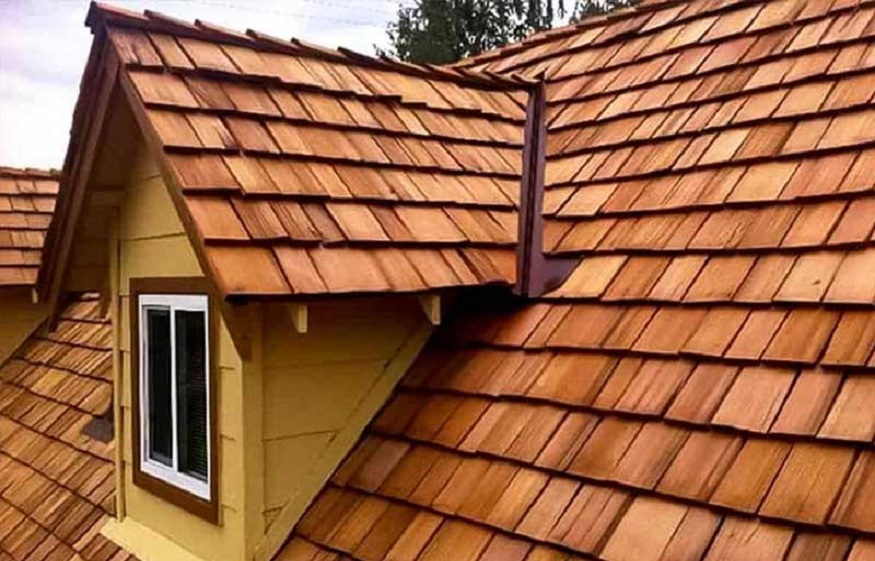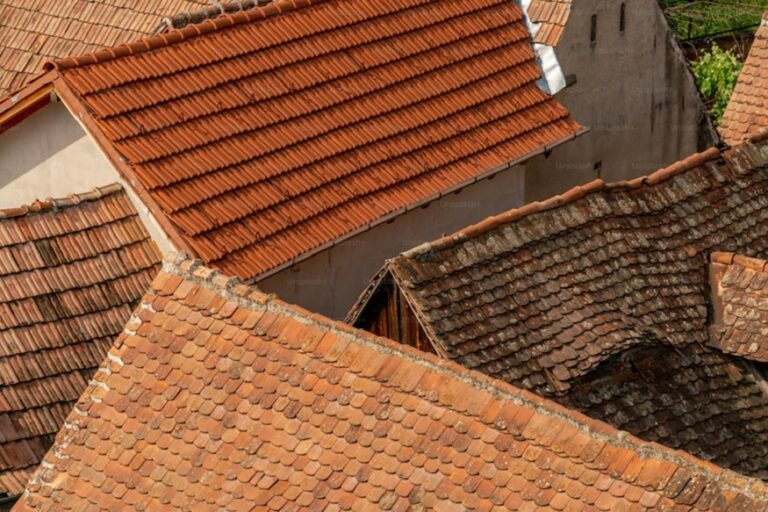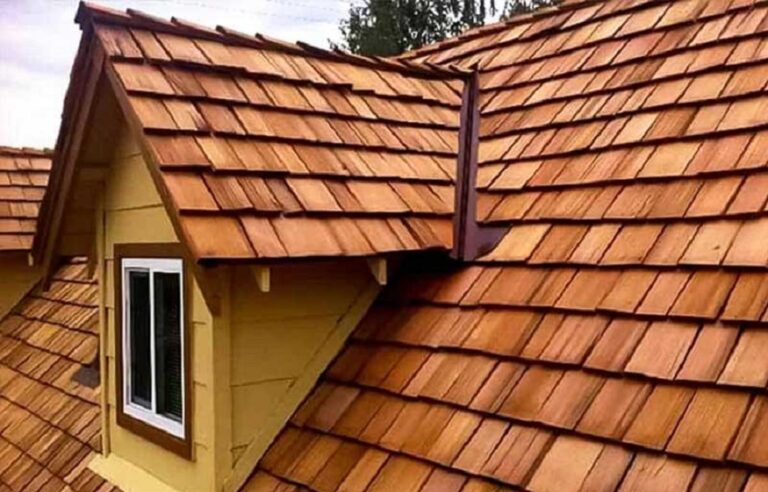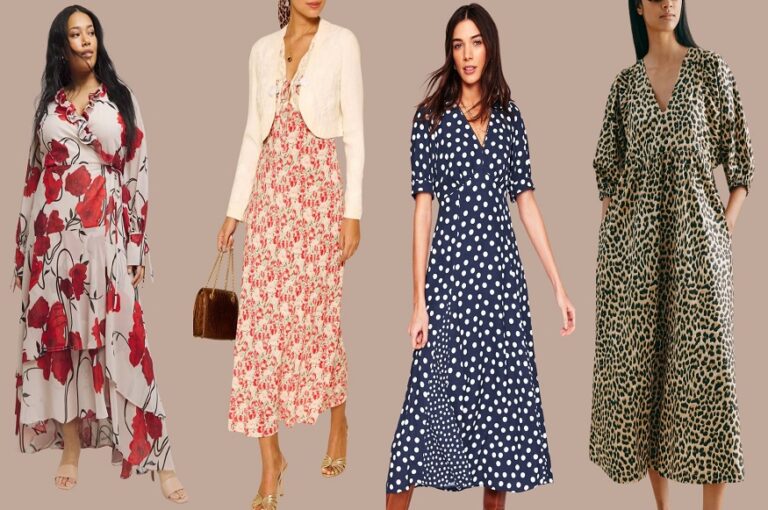
Whether you’re renovating a home or building a new one, it’s essential to compare available materials to make an informed choice. This guide introduces you to the different types of roofing and helps you identify the best one for your project.
WHAT ARE THE DIFFERENT TYPES OF ROOFING AVAILABLE?
There are several types of roofs, each with its own advantages and disadvantages depending on climate, budget, and aesthetic preferences. Some of the most common include tile roofs (ceramic or concrete), slate roofs, metal roofs (steel, zinc, or aluminum), asphalt shingle roofs, and fiber cement roofs. Green roofs, which incorporate a planting system, are also increasingly popular for their ecological impact.
MAKE AN INFORMED CHOICE FOR YOUR ROOF: CONSIDER COST AND MAINTENANCE
Budget is a key factor, as some materials like slate or zinc can be more expensive. Finally, some roofs require regular maintenance (such as cleaning asphalt shingles), while others, like metal, are virtually maintenance-free. By considering these criteria, it’s possible to make an informed choice tailored to the specifics of each project.
WHAT IS THE MOST DURABLE ROOF IN THE LONG TERM?
Metal roofs (particularly zinc or galvanized steel) are also very durable, with a lifespan of 50 to 70 years. Concrete is also a strong, weather-resistant material, often used for tile roofs that can last for decades.
INVESTING IN A SUSTAINABLE ROOF: PROFITABILITY AND REDUCTION OF MAINTENANCE COSTS
Choosing a durable roof is particularly important for commercial or institutional buildings, where replacement costs must be minimized. However, it’s important to note that durability also depends on regular maintenance, even for the most robust materials. Choosing a durable roof guarantees a long-term investment and reduces costs associated with maintenance and replacement.
WHAT ARE THE ADVANTAGES OF A METAL ROOF?
Metal roofs are popular for their weather resistance, durability, and low maintenance. Available in steel, zinc, or aluminum, they are lightweight, reducing stress on the building structure and making installation easier. Metal is particularly well-suited to climates with frequent rainfall, as it easily sheds rainwater and snow.
METAL ROOFING: AN AESTHETIC AND COST-EFFECTIVE SOLUTION FOR THE FUTURE
In terms of design, metal roofs offer great flexibility with a variety of finishes, allowing them to suit both modern and traditional architectural styles. They are also environmentally friendly, as they are often made from recycled materials and can themselves be recycled at the end of their life. Finally, while the initial cost can be high, they require little maintenance and boast impressive longevity, making them an economical choice in the long run.
CHALLENGES OF ASPHALT SHINGLE ROOFING: AN ANALYSIS OF LIMITATIONS
Asphalt shingle roofs are economical and easy to install, making them a popular choice for residential homes. However, they have a relatively short lifespan, lasting between 15 and 30 years, depending on weather conditions and maintenance. They can also be vulnerable to high winds, impact damage, and moss growth, especially in humid regions.
AN ECONOMICAL BUT NOT VERY ECOLOGICAL CHOICE
They require frequent maintenance, including debris removal and moss control. While affordable and versatile, asphalt shingles may not be suitable for those looking for a durable or environmentally friendly solution.
WHICH ROOF SHOULD YOU CHOOSE FOR COLD AND SNOWY REGIONS?
In cold climates, where temperatures can drop well below zero, it’s crucial to choose a roof that can withstand frost and heavy snowfall. Metal roofs are particularly suitable because they allow snow to slide off, reducing the risk of accumulation and overloading. They are also resistant to the effects of freeze-thaw, which limits the risk of cracks and water infiltration.
Ceramic or slate tiles are also suitable, as they provide good thermal insulation. These materials, although heavier, are highly resistant to temperature fluctuations. Pitched roofs are generally preferred in these environments, as they facilitate snow removal. In short, for cold climates, metal, slate, and ceramic are safe choices to ensure the strength and safety of the building.
SLATE ROOFS: ONE OF THE BEST TYPES OF ROOFING?
Slate roofs are highly valued for their durability, elegance, and weather resistance. Slate is a natural material that offers a unique aesthetic with shades ranging from gray to black. This material is very dense and waterproof, making it resistant to rain, snow, and fire without requiring any special treatment.
THE BEST ROOFING MATERIALS TO WITHSTAND HARSH WINTERS
Although installing a slate roof is expensive and complex, the investment is worth it, as it can last up to 100 years or more. For those looking for a roof that is both aesthetically pleasing and durable, slate is a top choice.
GREEN ROOFS: WHAT ARE THE BENEFITS AND CONSTRAINTS?
Green roofs, also known as green roofs, offer unique benefits in terms of thermal and acoustic insulation, rainwater management, and biodiversity. Green roofs help reduce heat islands in urban areas and provide a habitat for insects and birds.



